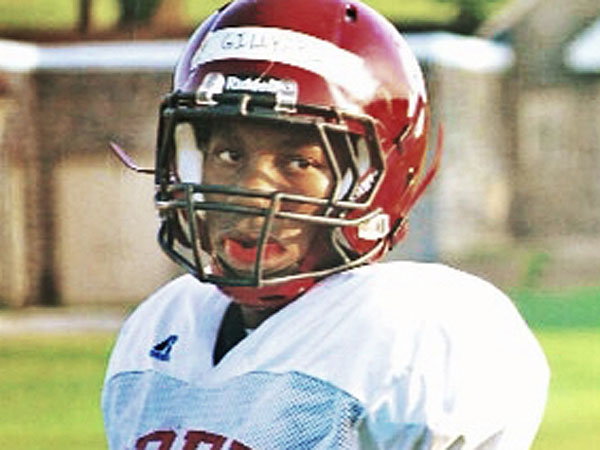
Article reposted from WYFF
Author: Baker Maultsby
Linebacker Michael Roach collapsed on the football field. The Wofford Terriers were playing Tennessee Tech in Cookeville, Tenn., and Roach had just come off the field after a 13-play drive.
Had an Automatic External Defibrillator (AED) and medical professionals not been close by, Roach may not be alive today.
A junior at Wofford College, Roach suffered from a cardiac arrest caused by a heart condition called apical hypertrophic cardiomyopathy, characterized by the thickening of the heart muscle, which can restrict blood flow.
The collapse came during the first game of the 2016 season. Roach was really tired, but that wasn’t alarming – an intense series of plays in extreme heat tend to leave players feeling drained. He sat on the bench for a rest and a drink of water.
Suddenly, he felt extremely light-headed. And that was it: Roach’s heart stopped beating.
“I was down and out for like a minute,” he said. “I was completely out of it.”
During that minute, Roach’s teammates were shouting for help and athletic trainers rushed to his side.
Athletic trainer Will Christman, a Spartanburg Regional Sports Medicine staff member who works with Wofford athletes, grabbed an AED and applied the electrodes to Roach’s chest.
“I was thinking, ‘This just got real.’ We got into game mode real quick,” Christman said.
Also on hand were team physician and orthopaedic specialist Stephen Kana, MD, and Cookeville cardiologist Stacy Brewington, MD, who happened to be at the game and rushed down from the stands to help.
The team administered CPR and electric shock from the AED. All the while, the game was halted and the stadium was eerily quiet.
Roach woke up in an ambulance, unaware that he had nearly died and was taken to Cookeville Regional Medical Center for evaluation.
“When I woke up in the ambulance, I asked to get back in the game,” Roach said. “I had no idea what had happened.”
At Roach’s home in Kenosha, WI, his family had been watching the game online and his brother saw a comment on Twitter that identified Roach as the player down.
“I think it got pretty frantic at my house,” he said.
Wofford athletic director Richard Johnson called Roach’s family as soon as he got word that he was breathing and alert. His parents drove through the night to Cookeville to be by their son’s side.
Though his health is under control, Roach was forced to give up football. Doctors advise him to only engage in light-to-moderate physical activity.
Roach has plenty to keep him busy: he’s working on a double major in Business Economics and English and has plans to attend law school. His experience as a patient has inspired him to consider pursuing career opportunities related to public health.
Giving up football was hard, but he was glad to remain part of the team. Roach helped the coaching staff during the remainder of the year, and plans to work with the team next season as well.
“I miss playing, but I’m just glad I’m here,” he said.
A grant from Spartanburg Regional Foundation enabled Spartanburg Regional Sports Medicine to purchase AEDs for athletic programs at Wofford and other local colleges and high schools. To help save others like Michael Roach, the Spartanburg Regional Foundation heart division is launching an AED Assistance Program during heart month. Applications will be accepted starting in February through April 5. The heart division will be providing 10 local nonprofits, churches, and organizations life-saving AEDS.
Visit RegionalFoundation.com to apply for the AED assistance program.
